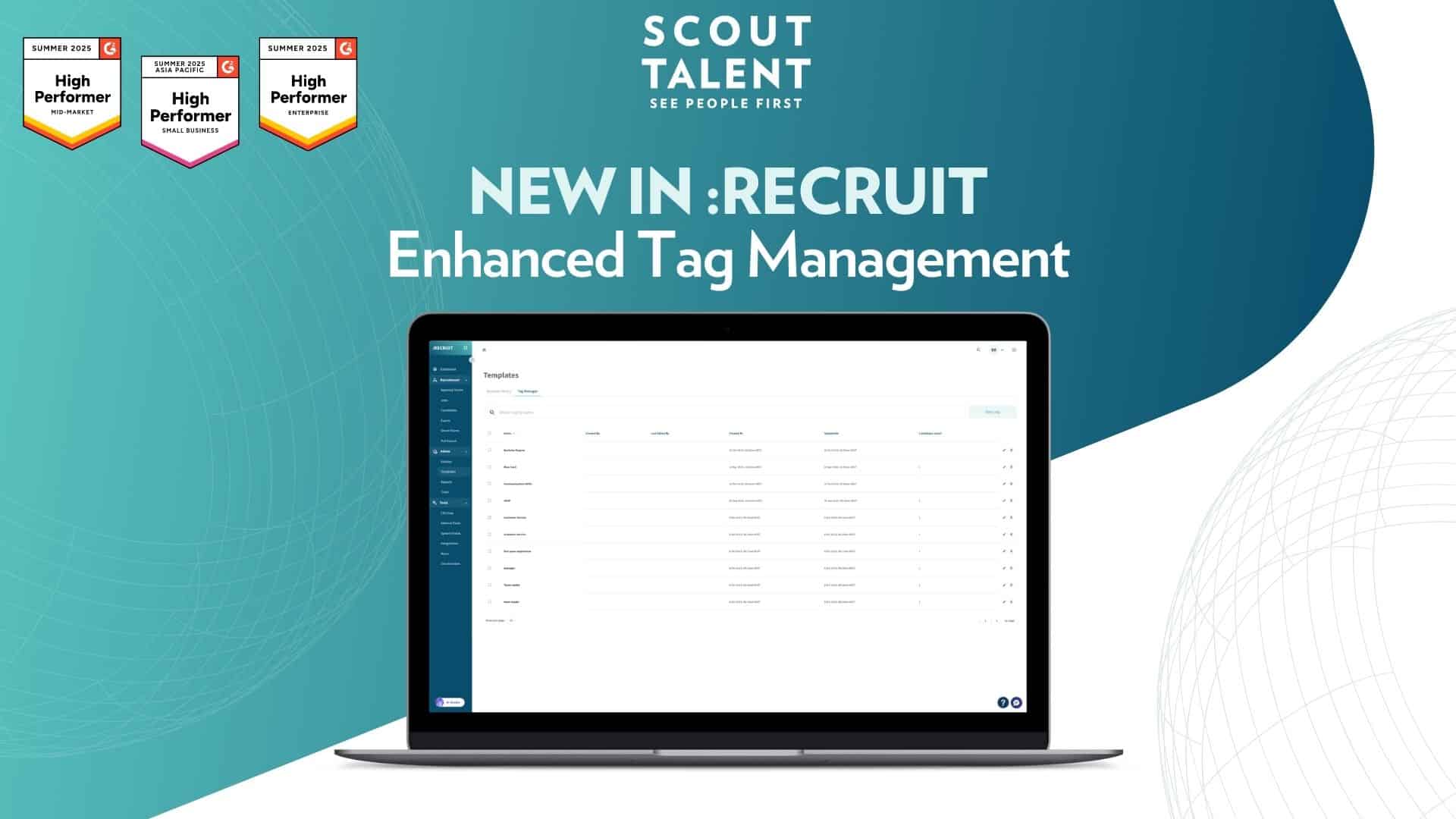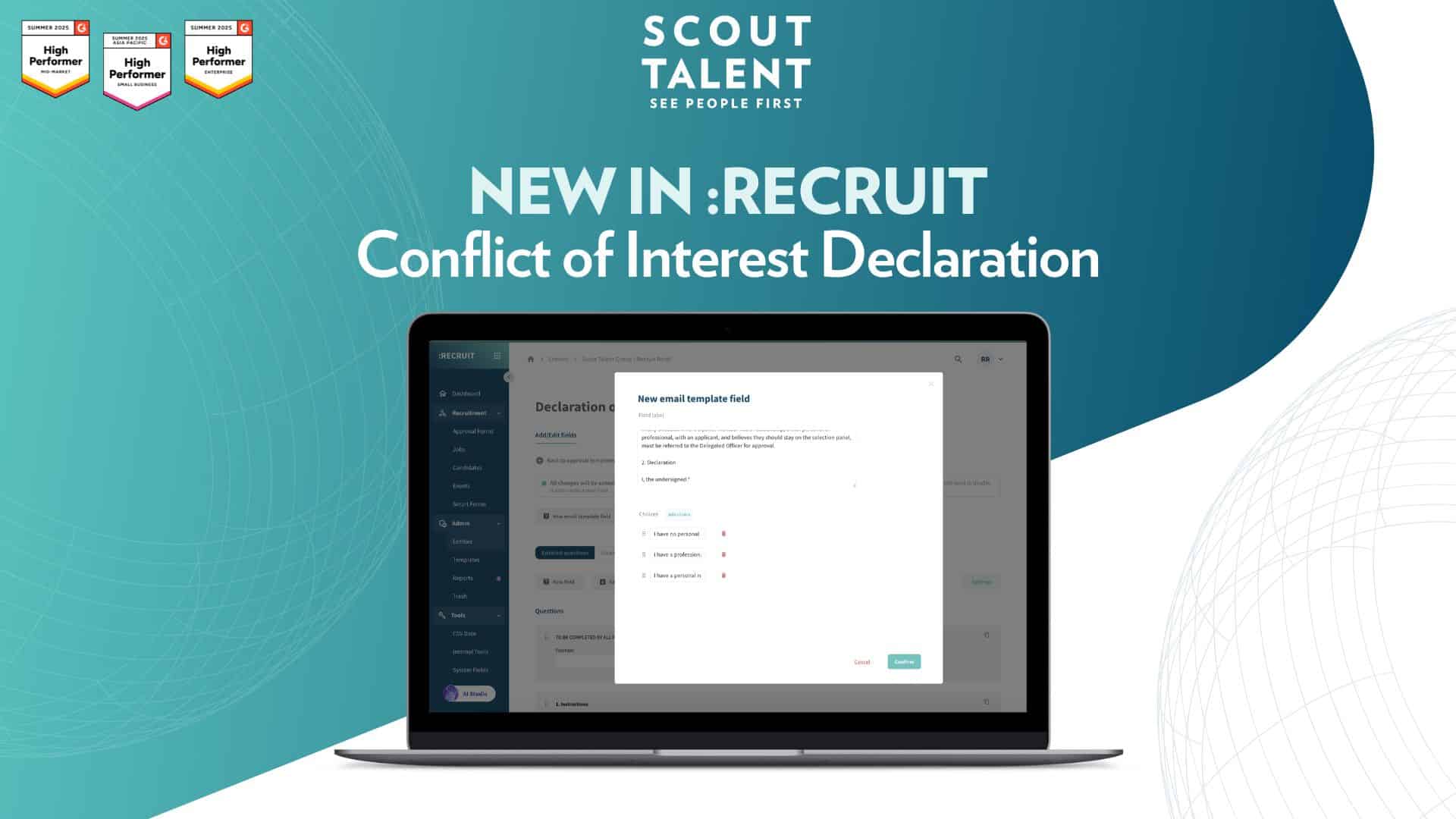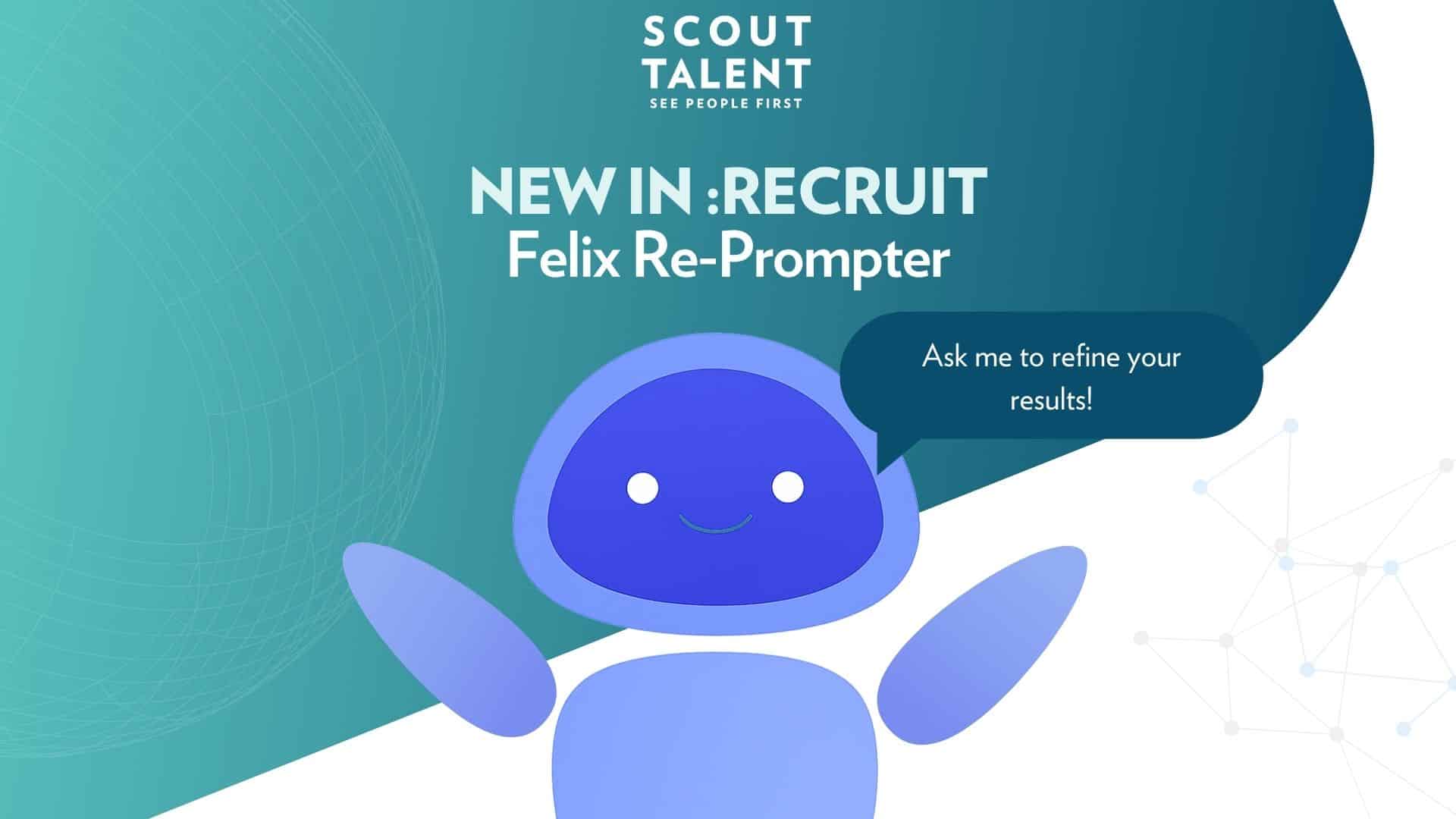The benefit of a great workplace culture
According to Glassdoor, 77% of job seekers consider culture before applying for a job at an organisation, and over half of those surveyed consider culture to be more important than salary. Interestingly, culture is especially important to younger generations. In fact, millennials are approximately 10% more likely to value culture over salary, in comparison to workers aged 45 or older.
Beyond recruitment, the tangible impacts of a positive culture are widely known: high employee engagement, better collaboration and increased productivity. With that in mind, it’s not surprising that 80% of HR and recruitment professionals consider good company culture as a competitive advantage.
In a market where attracting and retaining top employees is more challenging than ever, it makes business sense to set building and maintaining a great corporate culture as one of your top priorities. During periods of growth, the possibility of negatively affecting organisational culture with the wrong hires can be top of mind for employers. Recruitment and HR professionals might be thinking: “What if we make the wrong hires and the culture suffers as a result?”. In these instances, hiring for culture as opposed to hiring for experience or technical skills, can be advantageous.
Culture fit in community-centric roles
Nurturing a specific workplace culture is especially important in certain industries. Roles working within the community, for example, rely on employees with specific values and attitudes in order to thrive.
For example, a role as a Community Liaison Officer best suits those who are empathetic, good communicators, and who value and believe in the power of community. This role might not suit someone who isn’t purpose driven or who doesn’t work well in a collaborative environment.
From a team perspective, community organisations will thrive in a supportive environment where the team all buy into the organisation’s mission. In fact, someone with values and attitudes that don’t align well with the rest of the team can have a significantly negative impact on the work culture, even if they are otherwise qualified.
Now that we understand the importance of culture more broadly and its particularly strong impact on certain industries, let’s run through some practical tips on how to hire for culture fit.
Tip 1: Define your culture and how you want it to evolve
When recruiting for culture fit, it is important to have a clear idea of what your current culture is, and what you’d like the culture to become going forward. The first step is to pinpoint what attitudes and behaviours your current employees exhibit. Once you have a clear idea of what individual attributes contribute to a desirable culture, you’re ready to start recruiting.
Tip 2: Communicate your workplace culture from the outset
Once you’ve defined your culture, and the employee attributes that contribute to it, you can communicate this to potential employees during the recruitment process.
Your careers page is a great place to communicate your organisation’s culture. Consider including your organisation’s values and mission on your careers page, as well as photos or videos that will give candidates a feel for your culture. Ensuring that your Employer Brand accurately reflects your culture is a great way to ensure that the candidates applying to your role already have an understanding of what to expect.
When drafting your job description, consider including language that best represents your culture. For example, if you have a more laidback culture, consider using more casual terminology. Alternatively, if a more corporate culture works better for your organisation, represent that with the language you’re using.
As well as signalling your culture through language, feel free to outline exactly the attitudes and behaviours you’d like to see from a candidate. For example, for roles working within the community, you might specify that you’re looking for an employee with an empathetic and resilient personality.
Tip 3: Let your software do some of the work
Recruiters have been utilising recruitment software more than ever to reduce their workload and streamline their processes. Why not utilise software to help you hire for culture fit?
There is a variety of behavioural testing software and services available that can be added to your recruitment process. Once you have identified the characteristics you’re looking for in a potential employee, use behavioural testing as a way to identify whether those characteristics apply to your candidate.
Tapping into your talent pool is another way to utilise technology to hire for culture fit. Talent pooling allows you to build a database of individuals who have applied for roles at your organisation in the past, but didn’t get hired. Talent pooling solutions, such as Scout Talent :Engage, allow you to easily build your talent pool and communicate with this group via email.
There are numerous benefits to building and nurturing your talent pool. When hiring a new employee, you can send the vacancy directly to your talent pool. Applicants coming from a talent pool are likely to be more engaged with your brand, as they have applied for a job with you in the past. This means that the candidates coming from your talent pool are likely to be more aware of your organisation’s missions and values, and therefore more likely to fit in culturally.
Related: Want to learn how to build and maintain a strong talent pipeline?
Tip 4: Conduct a culture-focused interview
The interview process is a great time to assess a candidate’s cultural fit. Once you have identified that an individual’s skill set and experience is on par with your requirements, don’t hesitate to ask questions that will help to determine their cultural fit. Again, ensure that you have a good understanding of your existing culture, and tailor your questions accordingly.
Some examples of questions to ask when assessing culture fit include:
- Which of our company’s core values do you most/least identify with?
- Who inspires you and why?
- What gets you excited about coming to work?
- What superpower will you bring to our company?
- Would you rather work alone or with a team?
Answers to culture-fit questions can give the interviewer insight into how the candidate will fit in with the organisational culture. For example, someone who specifies that they prefer to work independently may not be suitable for an organisation that identifies collaboration as a key element of their culture. Someone who is inspired by money may not fit in with an organisation that is more mission-driven.
Another great way to assess cultural fit during the interview process is to get the whole team involved. Getting the rest of the team to meet a potential new hire can be a great opportunity to identify any red flags or interpersonal issues that might arise in the future. This strategy is best to leave until the later stages of the interview process when management is satisfied that a candidate has the skills and experience to take on the role.
Tip 5: Incorporate cultural training during onboarding
An effective onboarding process will help new team members feel connected to their organisation which is key when it comes to building a desirable corporate culture. An onboarding experience sets the tone for an employee’s tenure at your organisation. Take the onboarding process as an opportunity to clearly outline your organisation’s values and mission, and to communicate clearly the behavioural expectations of your new hire.
Start off on the right foot by making the employee feel valued and part of the team. Consider providing them with a new starter gift pack, or organising a team lunch on their first day. Making them feel part of the team will make it more likely that they buy into the workplace culture if they haven’t done so already.



